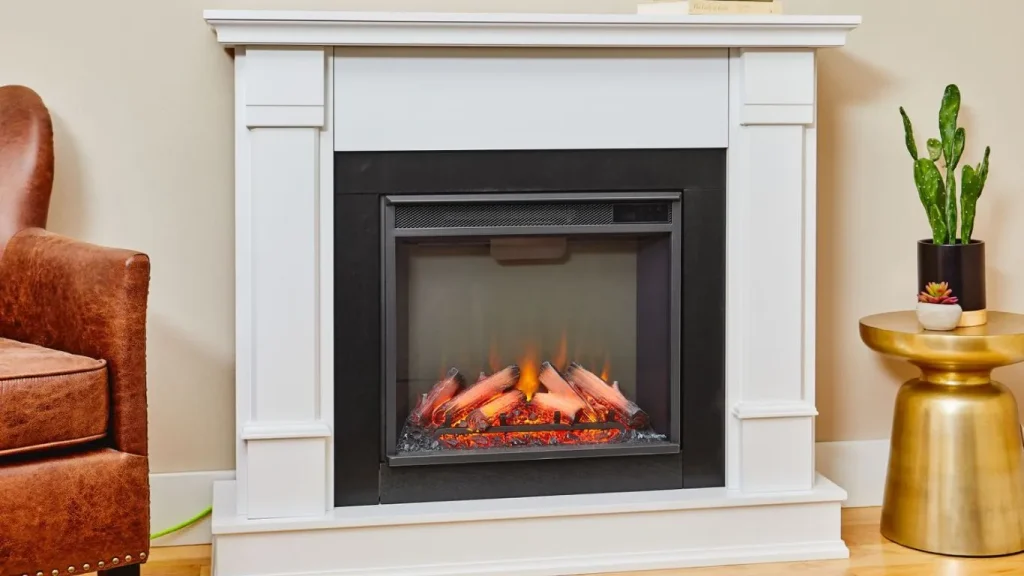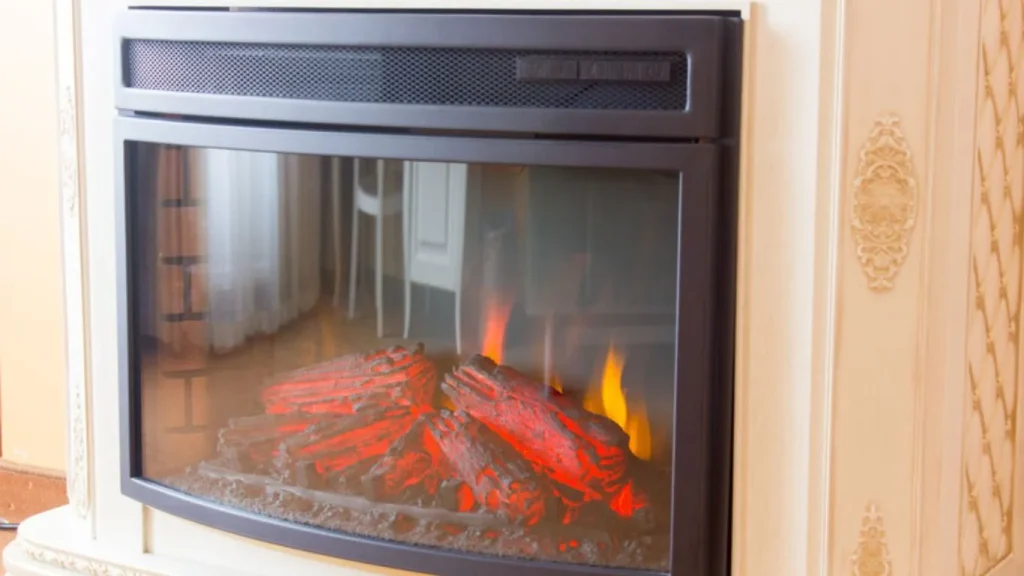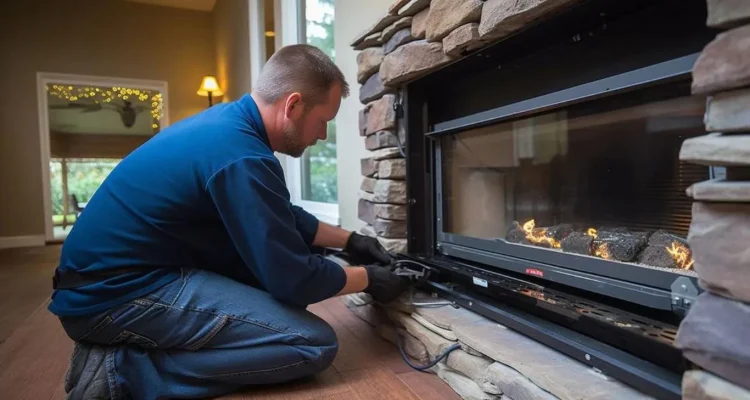How to Fix an Electric Fireplace with No Heat
Electric fireplaces are a fantastic way to add warmth and ambiance to your home without the hassle of traditional wood or gas fireplaces. However, just like any appliance, they can run into issues, and one of the most common problems is the unit not producing heat. If your electric fireplace isn’t warming your room anymore, don’t worry—there are several troubleshooting steps you can take to fix the issue. In this guide, we’ll walk you through the process step by step.

Understanding How an Electric Fireplace Works
Before we jump into fixing the problem, it’s important to understand how electric fireplaces function. They typically consist of two main components: a heating element and a fan blower. The heating element warms up when electricity passes through it, and the fan blower distributes this heat into the room. If one of these parts isn’t working correctly, your fireplace may still look like it’s on, but it won’t provide any warmth.
Common Reasons for Electric Fireplace Not Producing Heat
There are a few common reasons why your electric fireplace might not be producing heat:
- Blown fuse: A blown fuse could interrupt the power supply to the heating element.
- Overheating protection mode: Some electric fireplaces come with an automatic shut-off feature when they overheat.
- Faulty heating element: The heating element may be damaged or worn out after long-term use.
Now, let’s get into how you can troubleshoot and fix these issues.
Safety Precautions Before You Begin
Safety first! Before you start fixing your electric fireplace, make sure to:
- Unplug the fireplace to ensure there’s no power running through the unit.
- Check for any visible damage, like frayed wires or burned components.
- Wear safety gloves to protect yourself from sharp components or electrical hazards.
Step 1: Check the Power Supply
The first thing you should do is make sure the fireplace is receiving power.
- Ensure the fireplace is properly plugged in. It may seem simple, but sometimes loose connections are the issue.
- Test the outlet with another appliance. If the other appliance doesn’t work either, you may have an issue with the electrical outlet itself.
- Inspect the power cord for visible damage or frays. A damaged cord could prevent your fireplace from working properly.
Step 2: Reset the Fireplace
Most electric fireplaces have a reset button or feature to restore the unit to its factory settings.
- Locate the reset button. This is often found near the control panel or on the back of the fireplace.
- Press and hold the reset button for at least 10-15 seconds.
- If your model doesn’t have a dedicated reset button, try unplugging the unit for a few minutes before plugging it back in. This hard reset can sometimes solve minor glitches.
Step 3: Inspect the Thermostat
If the fireplace still isn’t producing heat, it might be an issue with the thermostat.
- Adjust the thermostat settings to ensure it’s set higher than room temperature.
- If your unit has a digital display, double-check the temperature setting and make sure it’s not too low.
Step 4: Check the Heating Element
The heating element is crucial for generating warmth, and if it’s faulty, your fireplace won’t produce any heat.
- Open the unit carefully following the manufacturer’s instructions to access the heating element.
- Look for signs of damage or wear, such as discoloration or broken parts.
- If the heating element is damaged, you may need to replace it. Depending on your model, this could involve ordering a new part and installing it, or hiring a professional to do the replacement for you.
Step 5: Inspect the Fan Blower
The fan blower helps distribute heat evenly across the room. If the fan isn’t working, you won’t feel any warmth even if the heating element is functioning.
- Check for blockages that may be preventing the fan from turning properly.
- Listen for unusual noises coming from the fan area—this could indicate a malfunction.
- If the fan blower is dirty or clogged, try cleaning it carefully. In some cases, the fan may need to be replaced if it’s completely broken.
When to Call a Professional
If you’ve gone through all the troubleshooting steps and your fireplace still isn’t producing heat, it’s time to call a professional.
- Serious electrical issues may be at play, and attempting to fix these without proper knowledge can be dangerous.
- A professional can also diagnose more complex problems and ensure your fireplace is safely repaired.
Preventative Maintenance Tips
To avoid future issues with your electric fireplace, it’s important to take good care of it.
- Regularly clean the unit to prevent dust and dirt from clogging the heating element or fan.
- Inspect the fireplace periodically for any signs of wear or damage.
- Always use the fireplace according to the manufacturer’s guidelines to prevent overheating and other problems.
How to Avoid Future Problems
- Avoid overuse, especially on high heat settings.
- Keep the unit dust-free by cleaning it regularly with a soft cloth or vacuum.
FAQs
1. What if the fireplace light works, but there’s no heat?
This usually indicates an issue with the heating element or fan blower, as the visual features work separately from the heating components.
2. How often should I maintain my electric fireplace?
It’s a good idea to clean and inspect your electric fireplace at least once every six months.
3. Can I repair the heating element myself?
Yes, if you have some basic DIY skills and follow the manufacturer’s instructions carefully. Otherwise, it’s best to hire a professional.
4. Should I be concerned if my electric fireplace makes noise?
Some noise is normal, especially from the fan blower. However, loud or unusual sounds could indicate a problem with the motor or fan.
5. What’s the lifespan of an electric fireplace?
With proper care, an electric fireplace can last between 10 to 20 years.

Conclusion
Fixing an electric fireplace that’s not producing heat isn’t too difficult if you follow the right steps. By checking the power supply, resetting the unit, inspecting the thermostat, and examining both the heating element and fan blower, you can troubleshoot most problems yourself. However, if none of these fixes work, calling a professional is the safest route. Remember to perform regular maintenance to keep your fireplace in top shape and avoid future issues.


Congratulation!